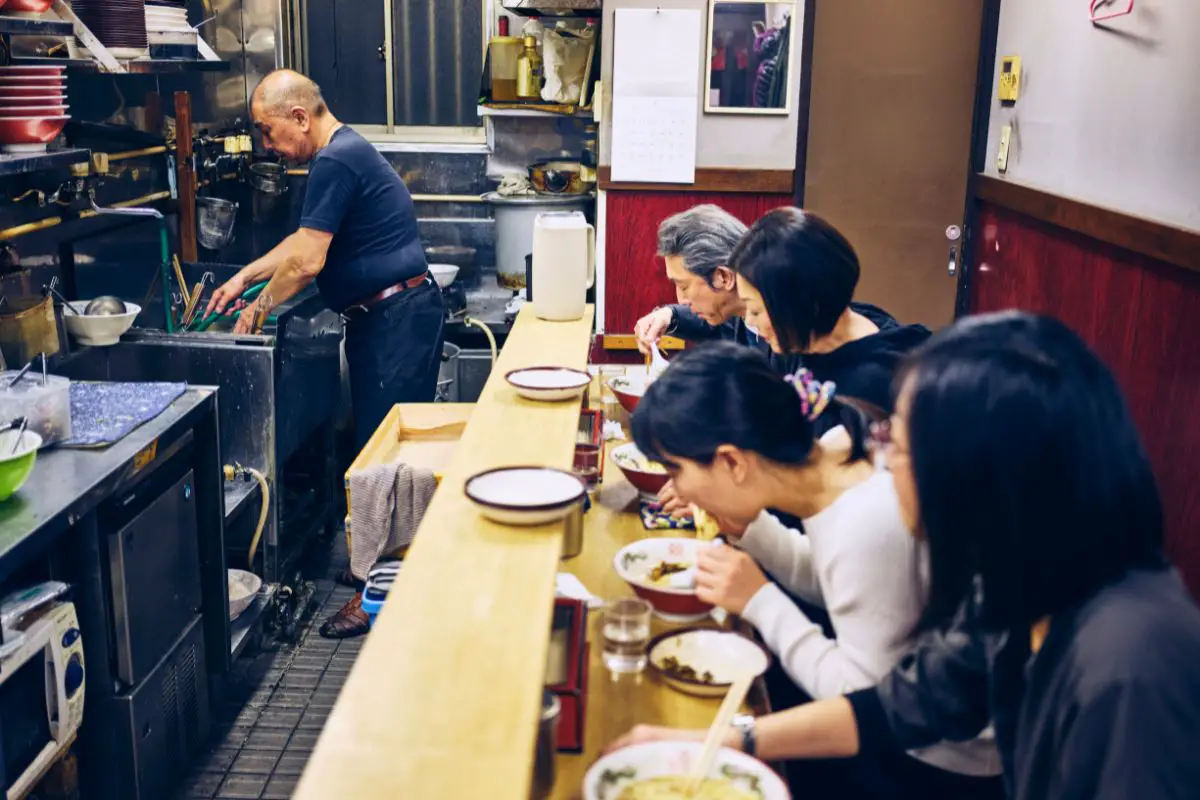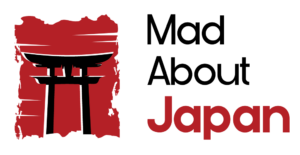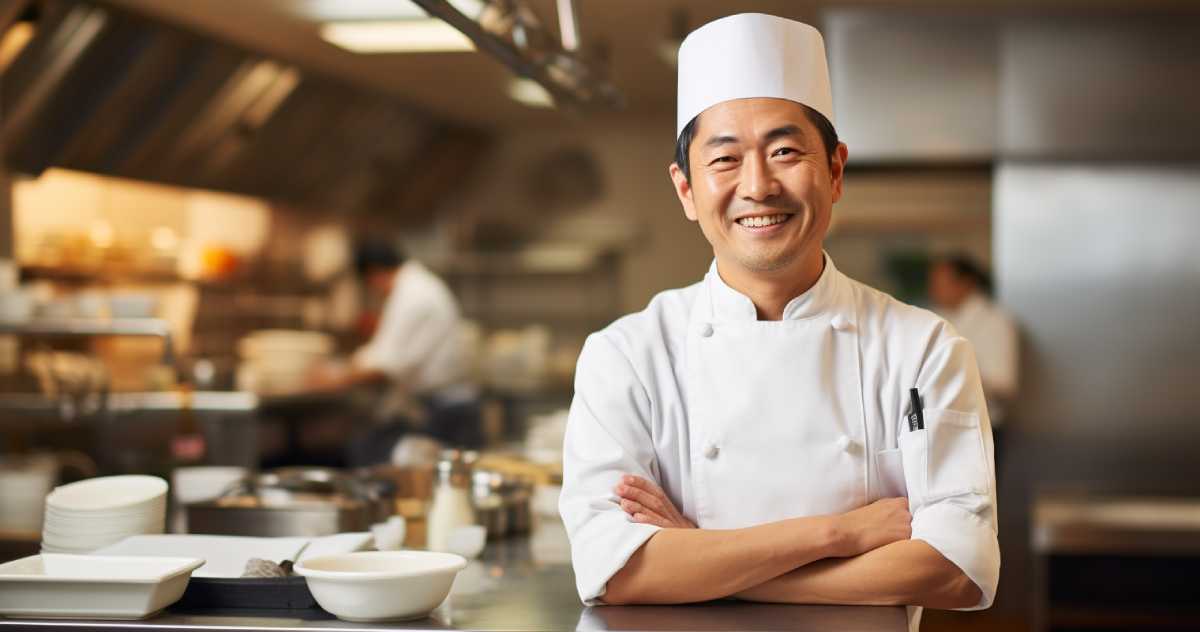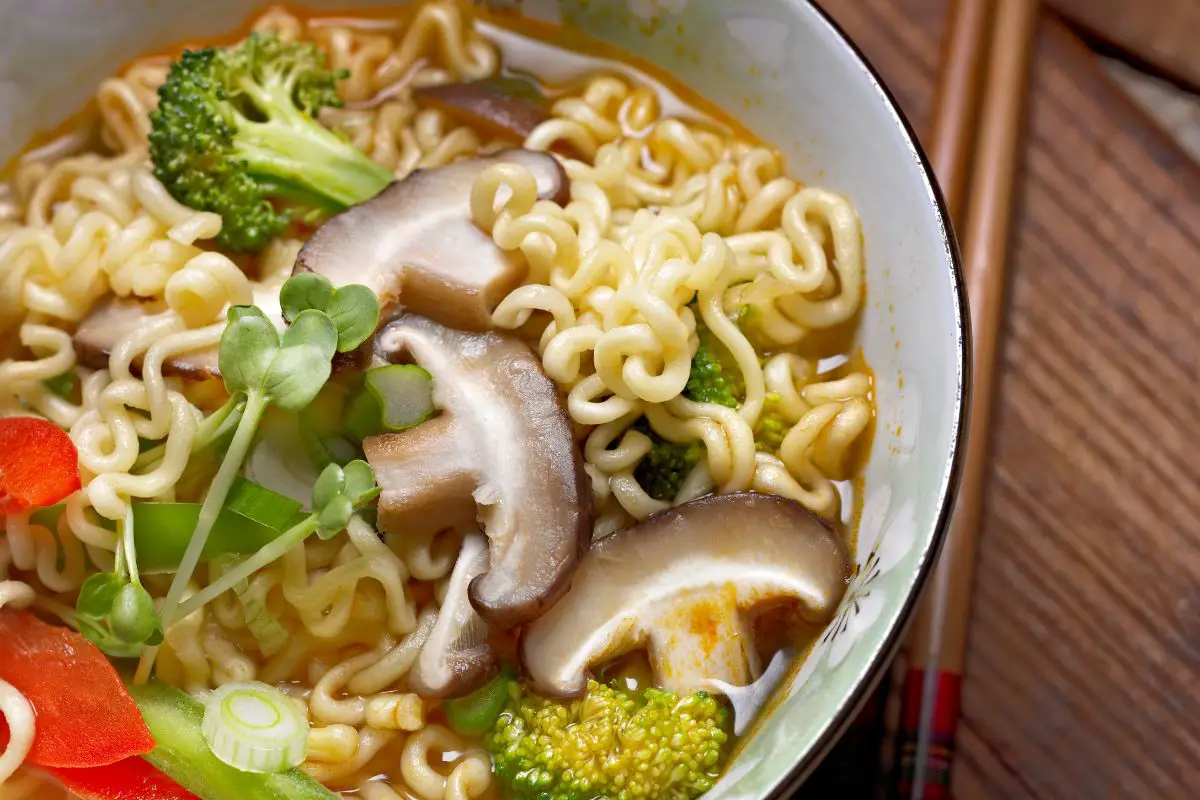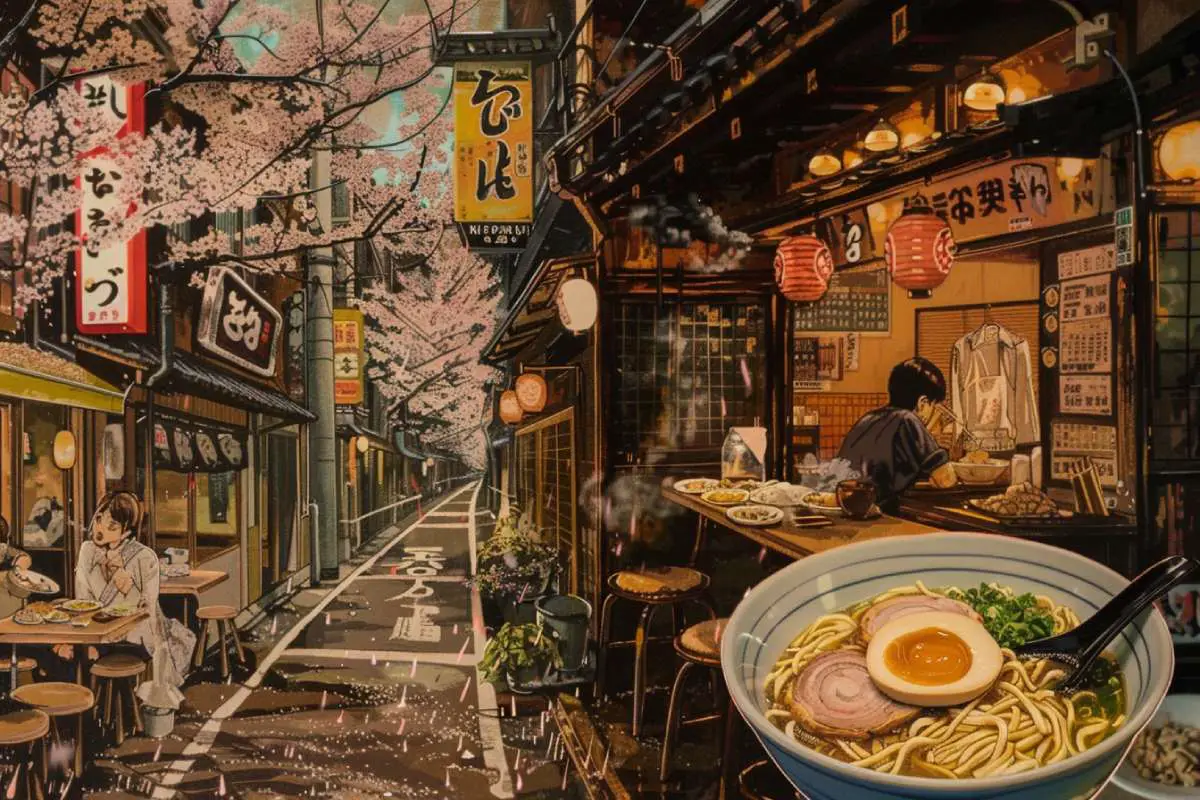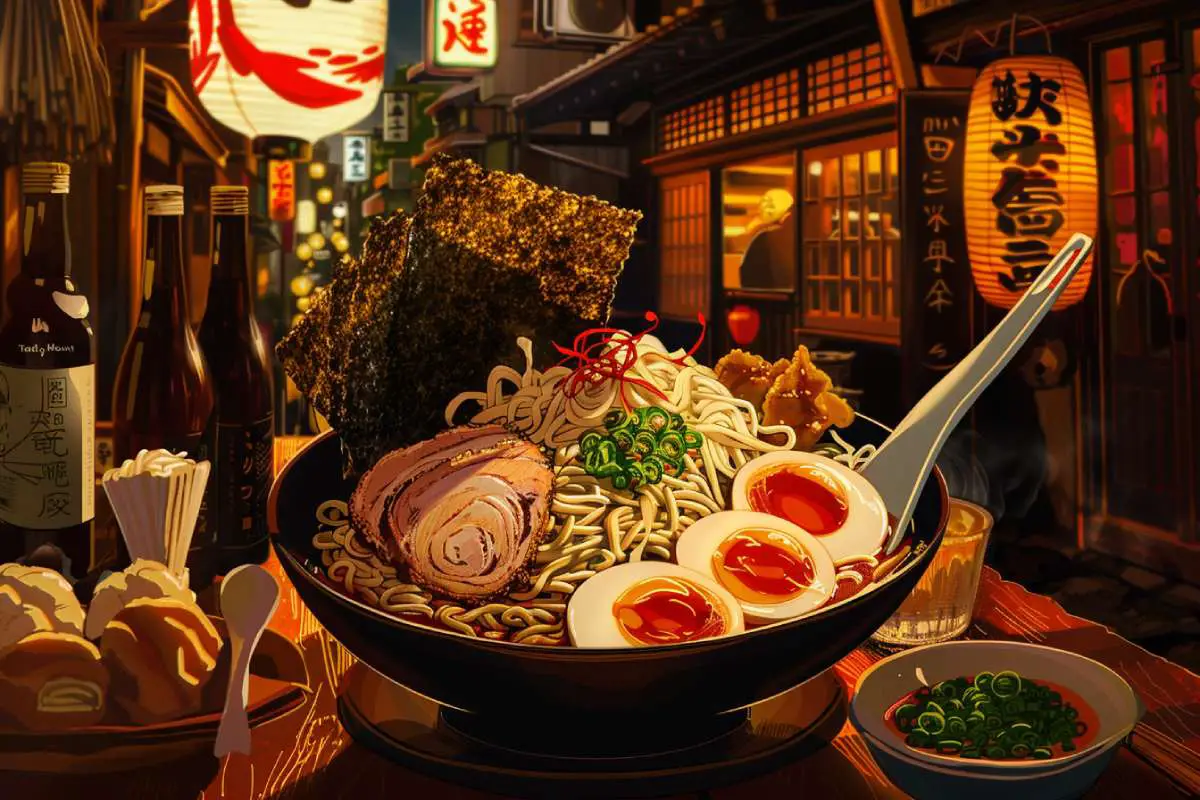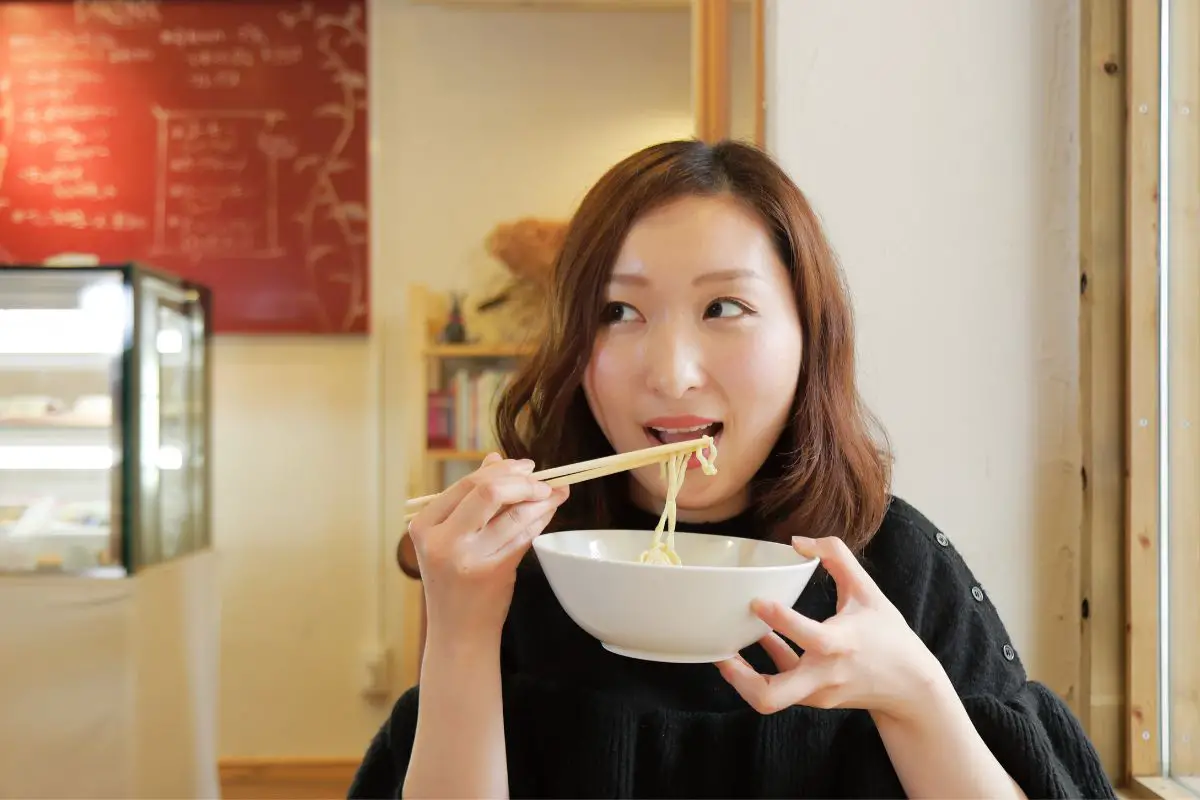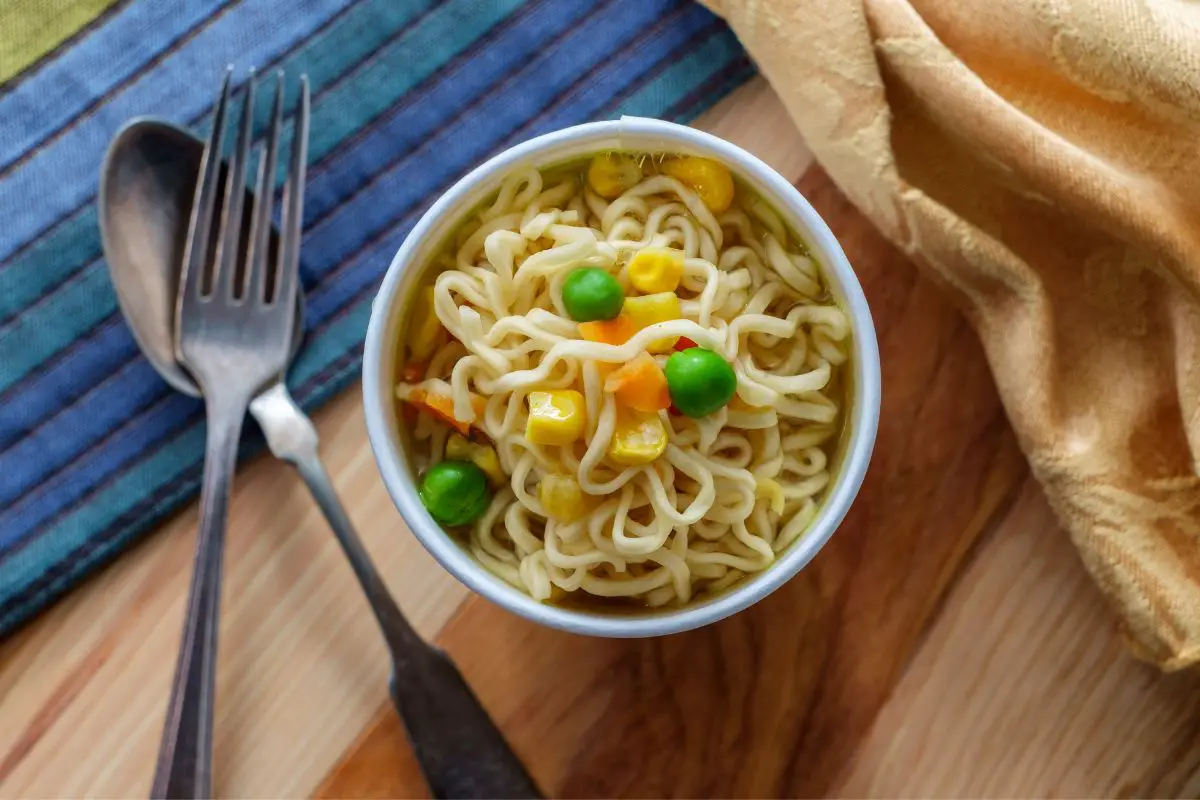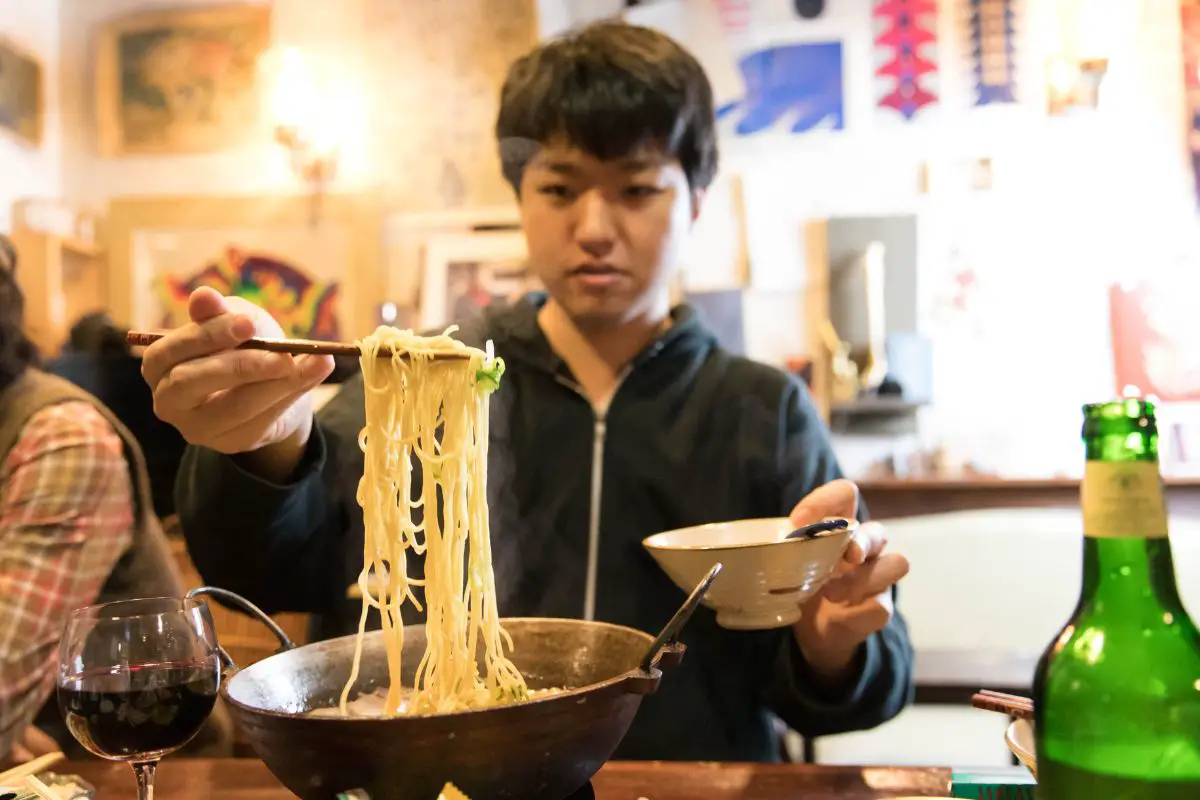Welcome to our guide to the best-selling ramen in Japan. It’s one of the world’s most popular dishes for a reason: it’s absolutely delicious!
Ramen is a pretty straightforward dish at a glance. It consists of noodles, some kind of flavored broth, and a variety of meats/vegetables.
Being the home of ramen, Japan also has some of the best restaurants, recipes, and adaptations for the dish that get people to travel from all over the world just to try it.
Tourists from every continent will fly to Japan just to find out what some traditional, authentic ramen really tastes like (Spoiler alert: it’s amazing!).
In fact, because it’s such a staple of Japanese cuisine, you’ll even find Japanese instant noodles being sold as ramen in convenience stores.
However, you don’t just want to order any old ramen from the menu when you first visit; you’ll want to know what the best-selling and most popular varieties are.
So, why not switch out the instant ramen noodles and cup noodles at home for some real, authentic cuisine?
Without further ado, let’s dive into our list of the best-selling ramen in Japan!
Ramen lida Shouten (らぁ麺 飯田商店)
The first best-selling ramen in Japan that we’re taking a look at is Ramen Lida Shouten, which is only about an 11-minute walk from Yugawara Station, meaning you can head straight there pretty easily from Tokyo.
Starting up in the year 2000, this quaint little ramen spot had the mission of creating the best ramen in Japan.
If you take a look at their reviews and accolades, it’s safe to say they might have succeeded!
Ramen Lida Shouten has won the TRY (Tokyo Ramen of the Year) Ramen Award, placing 1st for 4 consecutive years!
The reviews for this restaurant also speak volumes about its quality.
People from all over the world have spoken online about how delicious their ramen dishes are and how friendly the atmosphere is.
One of their most popular dishes is a soy sauce ramen. It consists of a chicken-based soy sauce broth which is exquisitely entwined with thin, chewy noodles.
They also offer ramen dishes with pork loin char siu which is moist and full of flavor.
Similarly, the peach roast pork option gives you a bowl of ramen with thick slices of pork laid on top.
Don’t worry though; the meat is still very soft and easy to eat, thanks to the rich soup.
The only issue you might find with this restaurant is just how popular it is! After all, it is one of the best-selling ramen in Japan.
They’re open from 11 AM-3 PM most days (excluding Tuesday and Wednesday) and you can only book a table by appointment.
When a restaurant is this exclusive, you know the food must be absolutely delicious!
To get a feel for what it’s really like inside the restaurant, check out this video from a real customer review.
It shows off the vending machine ticket system that you’ll use to order.
The reviewer orders the salt-flavored ramen with wonton and you’ll see that it comes with 2 wontons included in the ramen; one pork and one chicken.
Store Information
- Tel: +810465624147
- Business hours: 11:00~15:00 (By appointment only)
- Regular holiday: Tuesday and Wedneseday
- Access: About 11 minutes on foot from “Yugawara Station” on the Tokaido Main Line
- Address:2-12-14, Doi Yugawara-chou, Ashigarashimo-gun, Kanagawa
Ramen-ya Shima (らぁ麺や 嶋 )
The next restaurant on our list is another nationally-famous establishment that produces some top-quality ramen.
The noodles have been created with ramen in mind so that they entwine seamlessly with the delicious broth.
In fact, the ramen dishes can be served with noodles of various thicknesses, all with a chewy texture.
The staff will even make recommendations about which noodle thickness will complement each hearty broth the most.
Just before it’s served, the char siu pork is carefully roasted with Binchotan charcoal which gives it an immaculate smokey flavor.
However, their most popular dish by far is the shoyu ramen.
This simple chicken and seafood ramen dish combines a variety of flavors expertly to interact wonderfully with their homemade noodles, providing incredibly deep flavor.
In this video, you can see the same reviewer checking out this ramen spot and sampling the char siu pork and special shoyu ramen.
You can even see how the pork is carefully cooked over Binchotan charcoal in the kitchen, right before it’s served!
Again, you’ll have to get to the restaurant during their business hours (11:00-16:00) though the venue closes as soon as they’ve run out of stock so you’re better off getting there early!
Their regular holidays are Wednesday and Saturday, though you should check their Twitter for other irregular holidays.
You can get to the venue via a 5-minute walk from exit A2 of Nishi-Shinjuku 5-chome Station on the Toei Oedo Line.
Store Information
- Business hours: 11: 00-16: 00 (finished as soon as sold out)
- Regular holiday: Wednesdays and Saturdays(Check on Twitter as there may be other irregular holidays)
- Access: 5 minutes walk from Exit A2 of Nishi-Shinjuku 5-chome Station on the Toei Oedo Line
- Address: 3-41-12, Honmachi, Shibuya-ku, Tokyo
Homemade Ramen Muginae (Homemade Ramen 麦苗)
The final spot on our list of the best-selling ramen in Japan is a homemade ramen muginae.
If you’re the kind of person who loves their food to be healthy and free of any potentially harmful substances, this is definitely the ramen for you!
It’s a purely natural dish with absolutely no chemical seasoning like yeast extract or MSG.
So, you won’t find a single seasoning packet or other instant noodle product.
The natural ingredients in the stock, like pork bones and chicken bones, provide it with an incredibly deep flavor that permeates throughout the dish and makes each ingredient taste incredible.
The Homemade Ramen Muginae restaurant is the home of this particular dish, hidden away in Omori which hosts a fierce competition for the title of best ramen.
Their menu features all of the classic staple ramen dishes you’d expect to find in a Japanese restaurant.
However, the unique feature of Mugi Seedling is that they use completely natural ingredients.
this means all of their dishes tend to be a lot lighter in flavor and healthier than the average ramen spot in Japan.
As with every ramen shop on our list, this is a very popular destination for both locals and tourists.
For this reason, queues tend to stretch quite far out the door, even before their opening time of 11 AM.
Even up until 15:30 when the restaurant closes, it will still be difficult to find an empty table!
The restaurant is closed on Wednesdays and Thursdays and there are a few other irregular holidays that you’ll need to be wary of.
It is easy enough to get to this place, as it’s only a 7-minute walk from Omorikaigan Station on the Keikyu Main Line.
Store Information
- Business hours: 11:00~15:30
- Regular holiday: Wedneseday, Thurseday (Check on Twitter as there may be other irregular holidays.)
- Access: 7 minutes walk from “Omorikaigan” station on the Keikyu Main Line
- Address: 6-11-10, Minamiooi, Shinagawa-ku, Tokyo
Frequently Asked Questions
How Much Is A Bowl Of Ramen In Tokyo?
Just like anywhere else in the world, the price of ramen varies somewhat depending on where in Tokyo you buy it.
You could expect a bowl of ramen in a restaurant to cost around 700-1500 yen ($5-$11) though this is just the initial charge for the dish.
Once you’ve finished your first bowl, you can order a refill of noodles and/or broth for an additional 100-200 yen ($0.8-$1.5).
In certain establishments, you can even request additional ramen toppings like butter, corn, egg, and char siu pork.
However, these extra toppings will also likely cost an additional 100-200 yen.
Where To Get Ramen In Tokyo?
As you might expect, there are thousands of places in Japan’s capital city where you can buy ramen.
The best of the best will compete against each other to claim the title of ‘best in Tokyo’ and there’s no way of knowing for sure which it is.
However, if you’re looking for the specific district of Tokyo with the most ramen places, this is what the results of a 2017 survey show:
- Shinjuku-ku: 196 stores
- Chiyoda-ku: 148 stores
- Minato-ku: 139
How To Order Ramen In Tokyo?
Japan and Tokyo, in particular, are at the forefront of food service technology.
Because of this, there are a couple of different ways you can order ramen while you’re in Tokyo.
The first method is buying a ticket at a ticket machine.
In some ramen shops, you’ll have to use a vending-style machine to purchase a ticket that will give you a ticket for your order.
If you don’t have the right change to use their machines, you can often ask a member of staff inside the store to give you some change.
The other method of ordering is pretty straightforward as it’s the same as in most other parts of the world.
Simply look at a menu to decide what you want to eat, approach the bar or member of staff, and tell them your order verbally.
This is the much more traditional method of ordering, even in modern-day Tokyo, so a lot of places will still operate this way.
If you don’t understand Japanese, you can often ask a staff member for an English menu.
However, with restaurants that operate on a vending machine/ticket basis, you’ll probably be able to work out what dish you’re ordering based on the pictures that are printed with each menu item.
Discover More Delights of Japanese Cuisine
If you’ve enjoyed exploring the world of ramen through this article, you might also be interested in discovering other types of Japanese cuisine. Here’s a recommendation for your next culinary adventure:
- Best Sukiyaki Buffet in Tokyo: Sukiyaki is another beloved dish in Japan, featuring thinly sliced beef and vegetables cooked in a sweet and savory sauce. If you’re a fan of Japanese beef dishes, you’ll love the variety and quality offered at these top-rated Sukiyaki buffets in Tokyo.
 Hienadz Vardanyan
Hienadz Vardanyan 